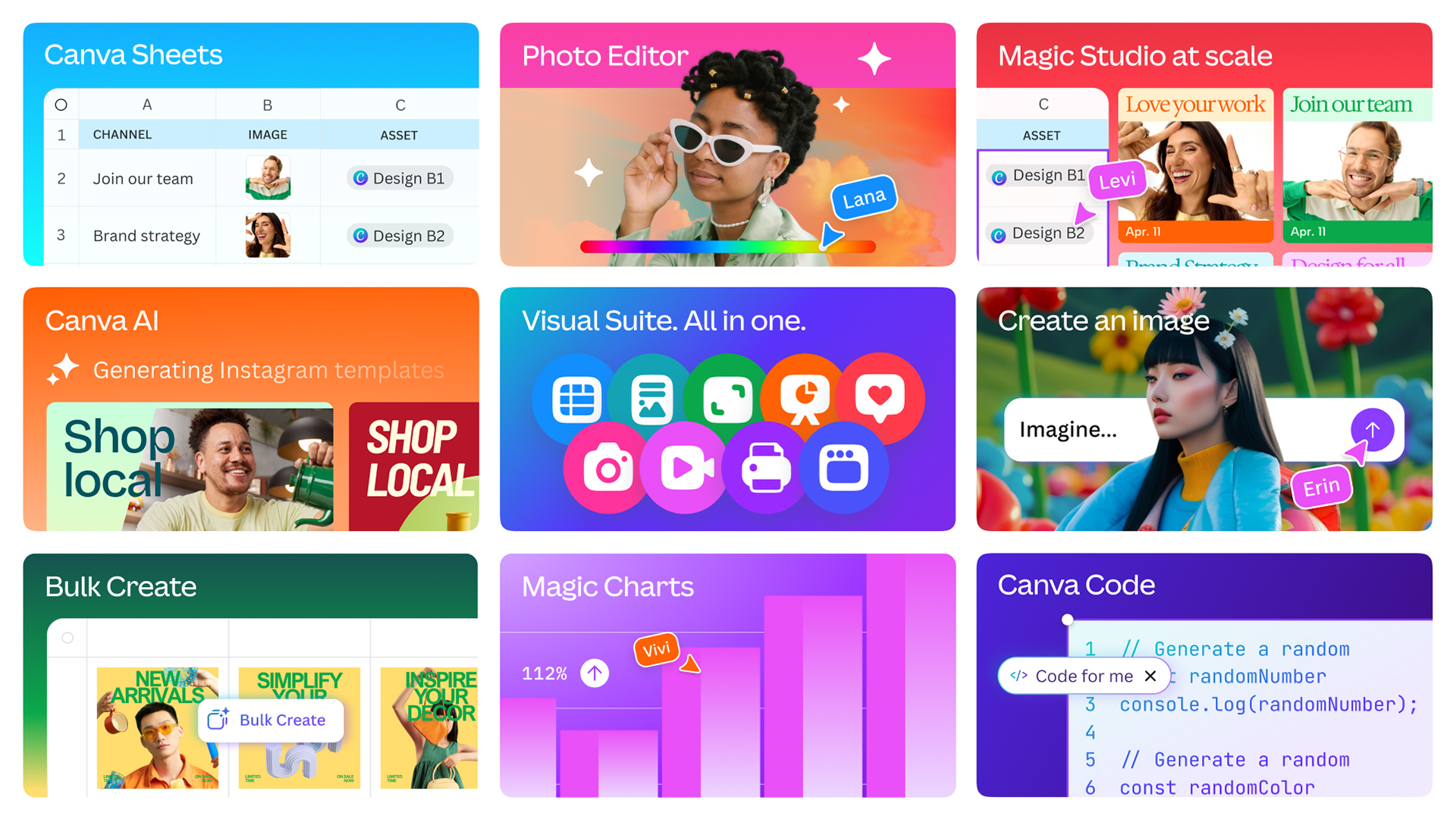Devs respond to the Adobe Edge suite
New products and a new Adobe intrigue industry figures
In September 2012, Adobe announced a slew of new products under the Edge brand. Under the catchphrase of “new tools and services for a beautiful, modern web,” the company’s line-up included the following components:
- Adobe Edge Animate, for building interactive and animated web content.
- Adobe Edge Reflow, for working on responsive web design (RWD) layouts.
- Adobe Edge Code, a markup, CSS and JavaScript editor, built on open source project Brackets.
- Adobe Edge Inspect, the inspection and mobile dev tool previously known as Adobe Shadow, which already received a favourable response from developers.
- Adobe Edge Web Fonts, a selection of free web fonts that integrates with other Edge tools.
- Adobe Typekit, the popular web fonts service bought by Adobe in 2011.
- Adobe PhoneGap Build, another 2011 Adobe acquisition that enables you to build mobile apps with web standards and deploy them to multiple platforms.
A new beginning
Designer and developer Faruk Ate told .net the Edge suite represented the “actualisation of Adobe’s shift away from Flash and towards open web technologies”, hinted at with the aforementioned acquisitions. He calls this a dramatic reversal of the company’s previous position, and it’s a position that has mostly gone down well with those in the industry.
Despite being an indie developer of Flash games, Iain Lobb said he reckons Animate is “a really great idea”, adding that “animators need a tool with a timeline, and this brings that paradigm to web standards technologies for the first time”. Author and designer Aaron Gustafson told us Inspect has become his “de facto tool for multi-device testing” and has “dramatically increased the speed with which we have been able to diagnose and fix issues with our code”.
Elsewhere, designer and developer Paul Mist enthused about Code. “It could be a real cracker," he said. "It's a version of Brackets, but with access to other Edge tools, like Web Fonts, built into the interface”. He said its inline editing and other features could lead to the product being a fantastic editor for the web, if the community gets behind it. Reflow, too, came in for positive comments, with an Adobe demo at Zurb being enough for partner Jonathan Smiley to state that the tool could “signal a shift from hand-coding to a more interactive tool, even amongst code-happy purists, myself included. It’s (possibly) that good.”
Changing the game
Positive noises were joined by notes of caution from some we spoke to. JavaScript guru Remy Sharp said he thinks Reflow looks powerful but is “praying it’s not WebKit-specific”, and argued it should not have code export. “Adobe’s generated code has always left something to be desired. Just let designers take their PSDs and see them in a responsive tool.” Frontend developer Todd Motto concurred, cringing at the thought of “generated code and non-semantic clutter”. He also expressed dislike of the Creative Cloud model, which Edge products live under: “Ideally, these tools should be inside one program. I don't use the entire Creative Suite to design a logo, and I shouldn't have to use the whole Edge suite to create a website.”
In terms of Adobe itself, Komodo Digital head of design and interaction Dan Edwards wondered if Edge signalled a realisation from Adobe that it no longer created indispensable web tools: “It feels like Adobe’s late to the 'next web' game," he said. "There are so many options now, yet Flash is all but dead. PhoneGap is OK, but there are other compilers …” He enthused about TypeKit, but wondered whether Edge tools would ultimately fall into the category of being “nice-to-haves rather than must-haves”.
In order to stop such a thing happening, designer and UX expert Aral Balkan warned that Adobe must “avoid falling into its old habit of creating magic-button solutions that cater to the lowest common denominator”. He reckoned that many Edge products have potential, notably Inspect, Code and Animate, but said PhoneGap remained a “solution to entice middle managers in the enterprise with promises of low costs and high return on investment – just press the PhoneGap button and, magically, you have a native app that runs on a bunch of different devices and platforms! Never mind that it doesn’t conform to the native culture and conventions of those platforms …”
Get the Creative Bloq Newsletter
Daily design news, reviews, how-tos and more, as picked by the editors.
Clearleft designer Paul Lloyd is also concerned about WebKit-oriented design and other issues, but told .net that on balance he is optimistic about Adobe's chances: “It looks like the company is starting to point its ship in the right direction. It's gratifying to see Adobe building software for creatives again, rather than riding on the coat-tails of its legacy software library.”

Thank you for reading 5 articles this month* Join now for unlimited access
Enjoy your first month for just £1 / $1 / €1
*Read 5 free articles per month without a subscription

Join now for unlimited access
Try first month for just £1 / $1 / €1
The Creative Bloq team is made up of a group of design fans, and has changed and evolved since Creative Bloq began back in 2012. The current website team consists of eight full-time members of staff: Editor Georgia Coggan, Deputy Editor Rosie Hilder, Ecommerce Editor Beren Neale, Senior News Editor Daniel Piper, Editor, Digital Art and 3D Ian Dean, Tech Reviews Editor Erlingur Einarsson, Ecommerce Writer Beth Nicholls and Staff Writer Natalie Fear, as well as a roster of freelancers from around the world. The ImagineFX magazine team also pitch in, ensuring that content from leading digital art publication ImagineFX is represented on Creative Bloq.
